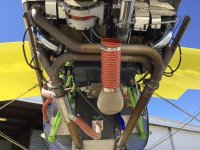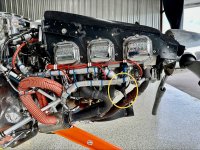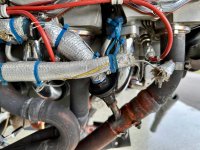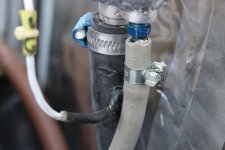My new engine install is well underway.
The engine builder- who is way way smarter then me regarding all things Lycoming- says consider installing engine breather without separator. He is of the opinion that a new, well operating engine won’t vent much oil.
I am installing as recommended (without seperator) but may retro fit in the future.
Any opinions, experiences to report, particularly with new engine?
The engine builder- who is way way smarter then me regarding all things Lycoming- says consider installing engine breather without separator. He is of the opinion that a new, well operating engine won’t vent much oil.
I am installing as recommended (without seperator) but may retro fit in the future.
Any opinions, experiences to report, particularly with new engine?









